A lot of companies focus on paid promotions and ad campaigns to boost their website traffic. However, they often forget the importance of SEO to drive website traffic.
If you can boost your organic traffic, it will be beneficial for you in the long run. Why? Because you won’t be dependent on referral traffic and paid promotions to drive traffic to your website.
I wanted to increase organic traffic to my website shanebarker.com. And I achieved that by applying a few tips and tricks that I will detail in this case study.
If you want to boost your organic traffic, read this case study to see how I did it.
Table of Contents
Objective
I wanted to increase the organic traffic to my website and rank well for the more competitive keywords in my industry.
I started the website back in 2011 and until 2016, I used to get a few thousand annual organic visitors. But I wanted to improve this number and get more organic traffic to help me compete with the leading players in my industry.
Challenges
1. Keyword Competition
I am in the digital marketing industry, which is one of the most competitive as I have to compete with SEO experts. Back then, I was comparatively new in the field and was competing with leading players in the industry. The popularity of the digital marketing industry has been rising and so is the competition.
Image Source: Google Trends
We were all competing for popular keywords like “digital marketing consultant,” “influencer consultant,” “celebrity consultant,” etc. Due to the high intensity of competition and poor backlinks, my website was ranking lower in organic search results for these and other keywords.
2. Fewer Website Visits
In 2016, my website’s total organic traffic was a little short of 10,000 visitors. Due to lower site ranking in organic searches, I used to get a very low number of website visits from search results.
3. Poor Backlinks
The domain authority for my website was also low because I hadn’t yet gained enough backlinks from reputed industry sources. There were some smaller referring domains, but I wasn’t getting good quality backlinks from websites with high domain authority.
Solution
1. Backlink Audit and Disavow Bad Links
The first thing that I did was to conduct a thorough backlink audit focussed on checking the number and quality of backlinks. I updated my disavow sheet and removed all poor quality backlinks. And we still regularly audit backlinks.
2. Perfect On-Page Optimization
I improved the number and quality of my web pages by focussing on on-page SEO aspects like keywords, tags, meta descriptions, structured data, and images. I also improved the usability features like mobile optimization to ensure that my site’s web pages were fully optimized. We have been doing regular on-page optimization and site audits to maintain and continue to improve rankings.
3. Proper Content Planning and Posting
We prepared a content calendar and started posting content regularly. We also used tools like Buffer to schedule content posting for social media platforms.
4. Content Distribution
I used various forms of organic content promotion and distribution channels to get my content noticed. This included consistently promoting my website’s content through blog posts, guest posts, emails, newsletters, and social media. We also use content tools like Quuu to make the process more efficient.
5. Link Earning Approach
A. Guest Posting
I started writing guest posts for websites and blogs that had good domain authority. This allowed me to earn some good quality backlinks from reputed sources. For example, I regularly write guest posts on websites like Social Media Examiner and tech.co.
Image Source: Google
B. Infographic Outreach
I also created infographics that could be posted on multiple websites to earn backlinks from different websites using the same content. For instance, I created this infographic on “Is Influencer Marketing The Future Of Marketing?” & published on my blog. Here is an example of our outreaching efforts.
 Image Source: Google
Image Source: Google
C. Speaking Events/Conferences
I have also spoken at several speaking events, workshops, and seminars. I have participated in reputed events like the Influencer Conference organized by Influencer Marketing Hub and the Influencer Marketing Days Conference.
Image Source: TBCasia
D. Podcasting
I have also hosted several podcasts covering specialized industry topics to build my reputation in the field. And it worked because now I get invites from other reputable industry players to be featured on their podcasts. Below is an example of a podcast that I was invited to speak on:
Image Source
E. Discussion Forums
Participating in discussion forums like Quora is another great way to establish your authority in your industry. I have participated in several such forums and have spoken about topics in my area of expertise. This helped me build industry connections and earn links from reputable sources.
6. Competitor Analysis
While it is important to analyze your website’s SEO performance and keep improving it, it should not be done in a silo. You need to compare yourself with your competitors to better assess your SEO performance.
I continuously keep track of my competitors’ performances and keep comparing my website with theirs. This helps me get ideas of how I can improve my SEO efforts and measure the benefits of my past initiatives.
7. Timely On-Page Audit
A webmasters audit is essential for any website owner hoping to measure and improve your SEO performance.
A. Google Webmaster Tool
Google’s Webmasters tool (now renamed Search Console) tells you how Google sees your website. It can show you:
- If your pages are indexed properly or not
- How fast the website is loading
- How good the website’s mobile user experience is
- What keywords your website is ranking for
B. SEMrush
SEMrush is another SEO audit tool that I use to check my website’s on-page SEO performance. It measures the various factors that affect a website’s organic SEO performance.
Results
After implementing the solutions and techniques mentioned above, I was able to improve my website’s organic SEO performance.
Following are some key statistics that saw tremendous improvements:
12X Improvement in Organic Website Traffic During 2016-18
A YoY increase of 364% in the number of users in YTD 2018.
A YoY increase of 275% in the number of users, in 2017.
Significantly Higher Rankings For Competitive Keywords
Conclusion
Contrary to popular belief, driving organic traffic is not that difficult or time-consuming. If done right, these SEO techniques can help you boost your organic website traffic in a matter of two years, as it happened in my case. All it takes is consistency and hard work. The main benefit? The best ROI. A dollar spent on SEO returns much more than any other kind of paid promotions.
If you have any further questions on how to boost your organic traffic, feel free to ask me by commenting below.
Originally published at ShaneBarker

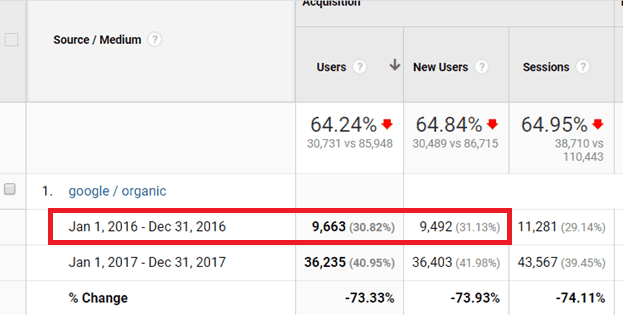

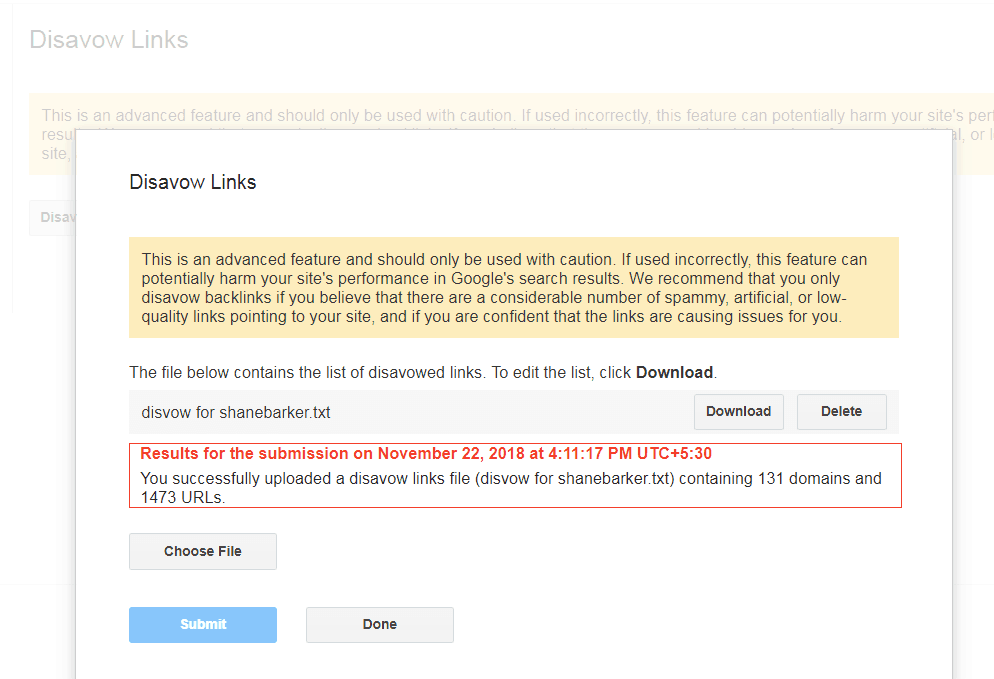
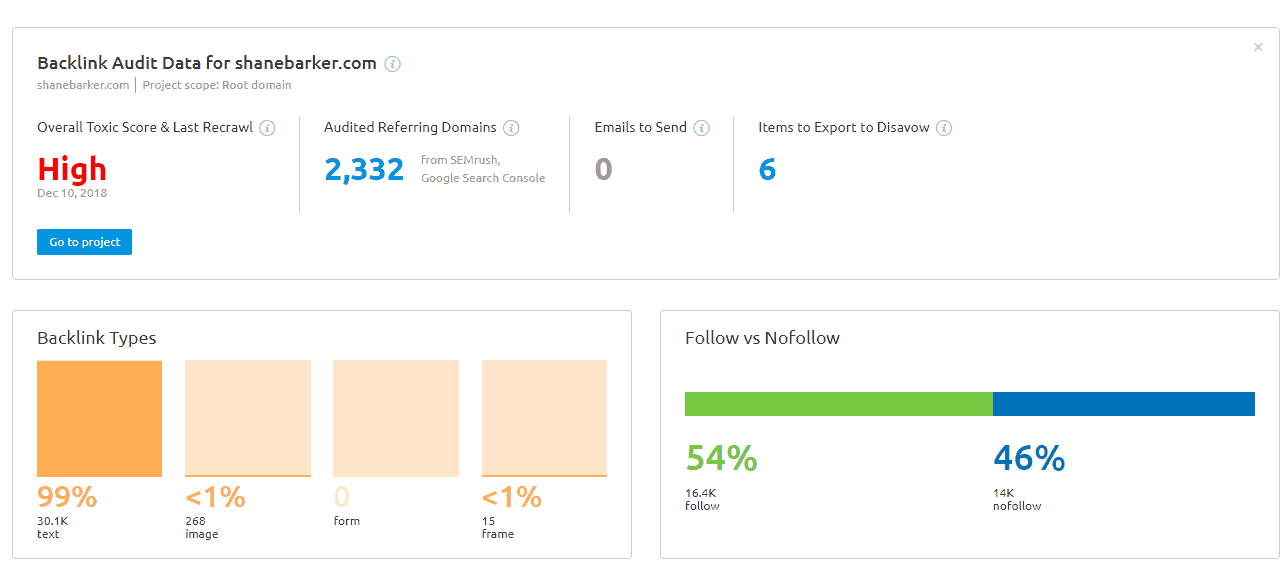
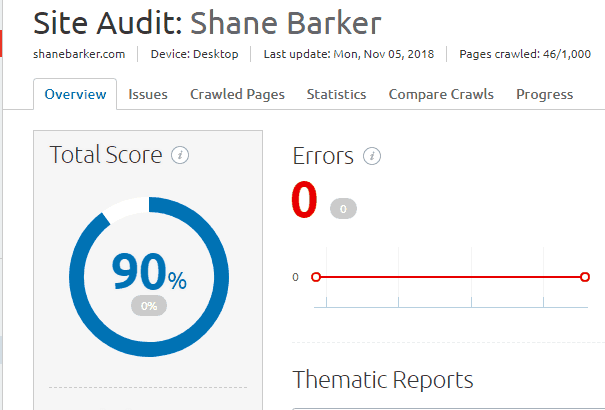
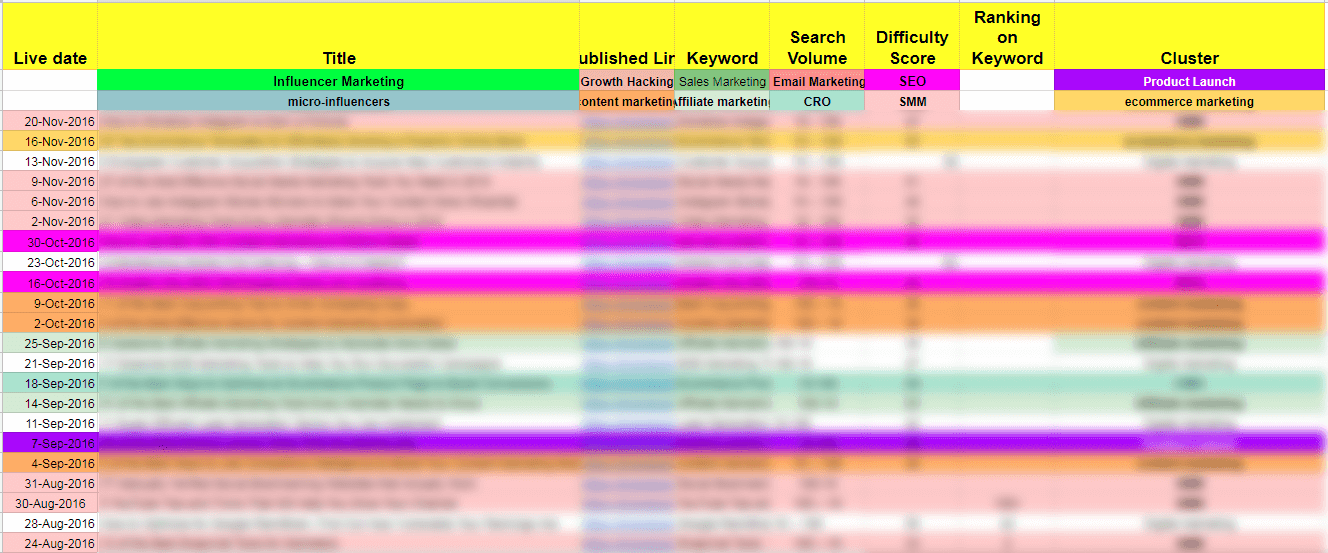
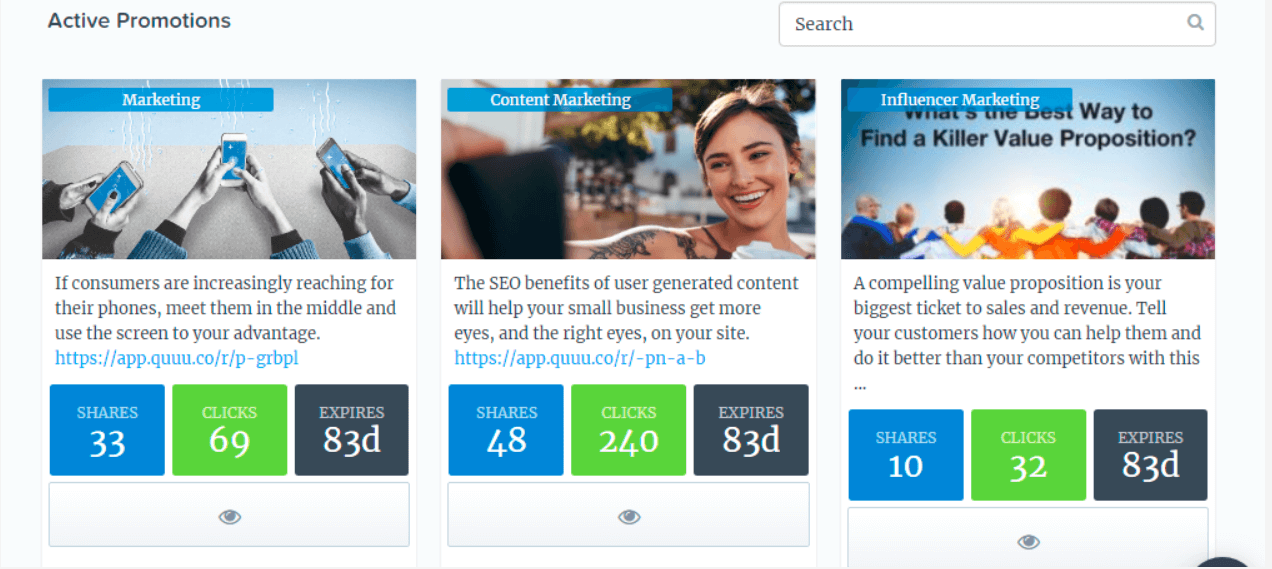
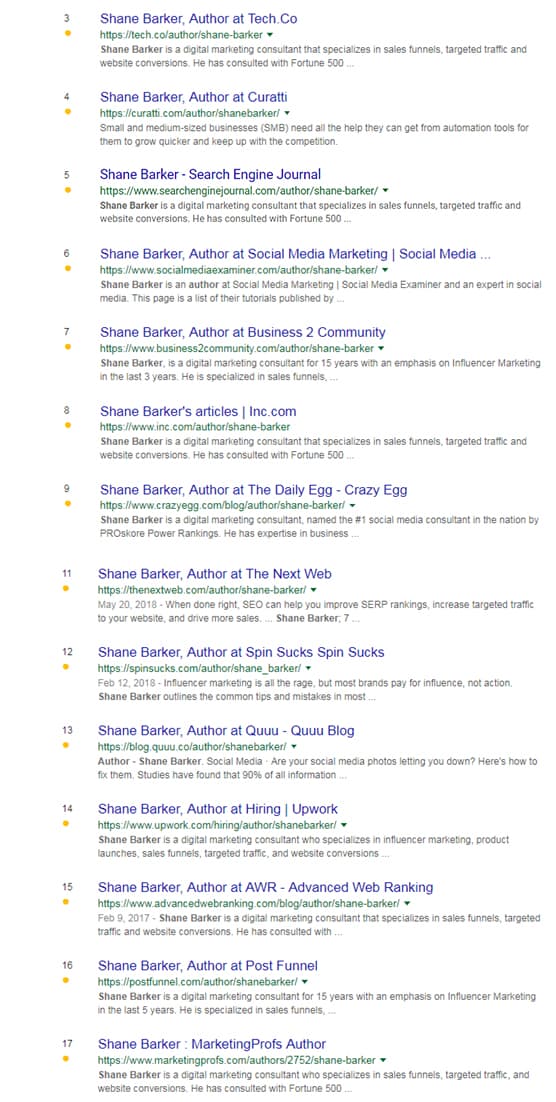
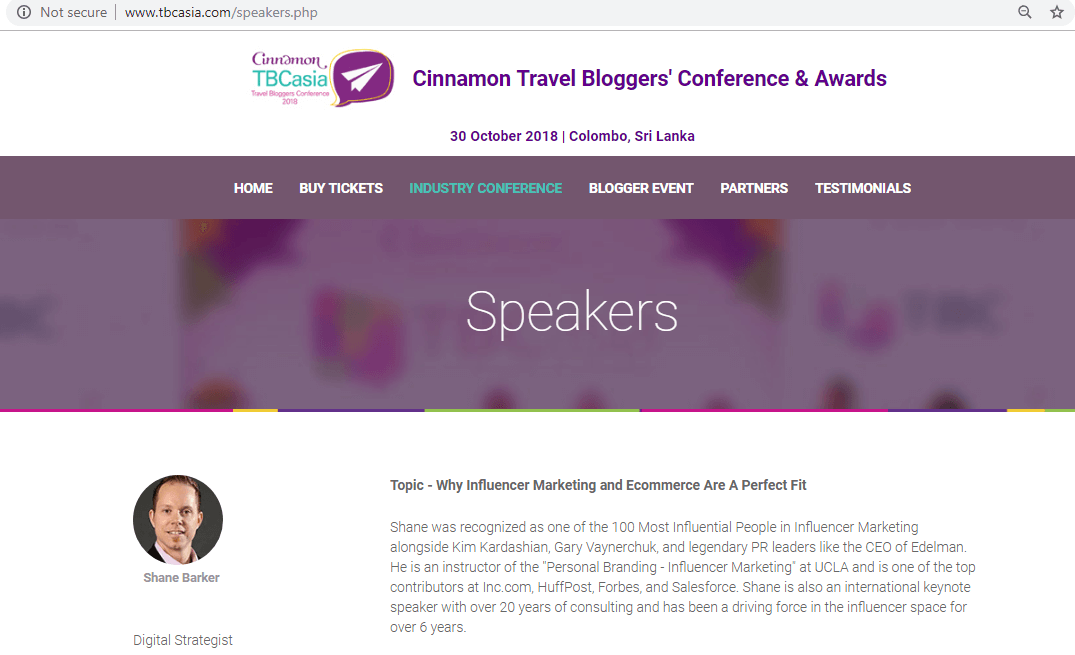
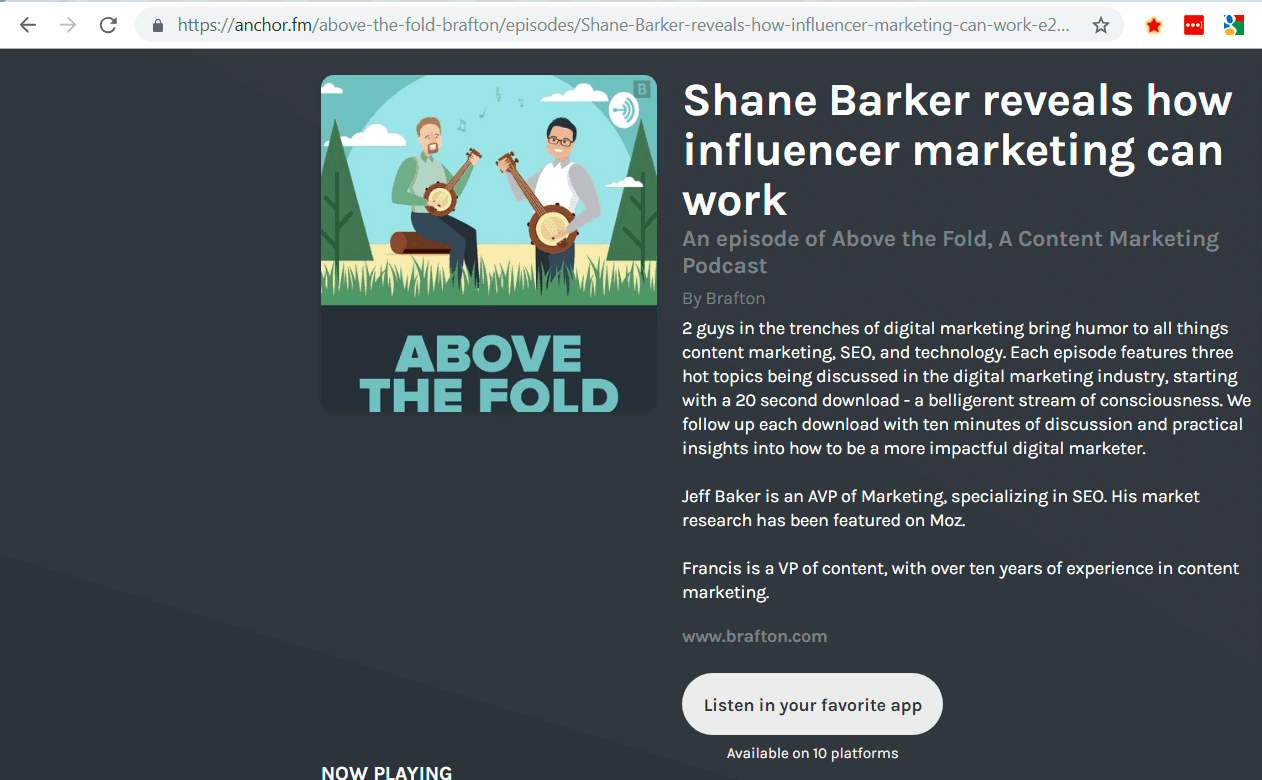
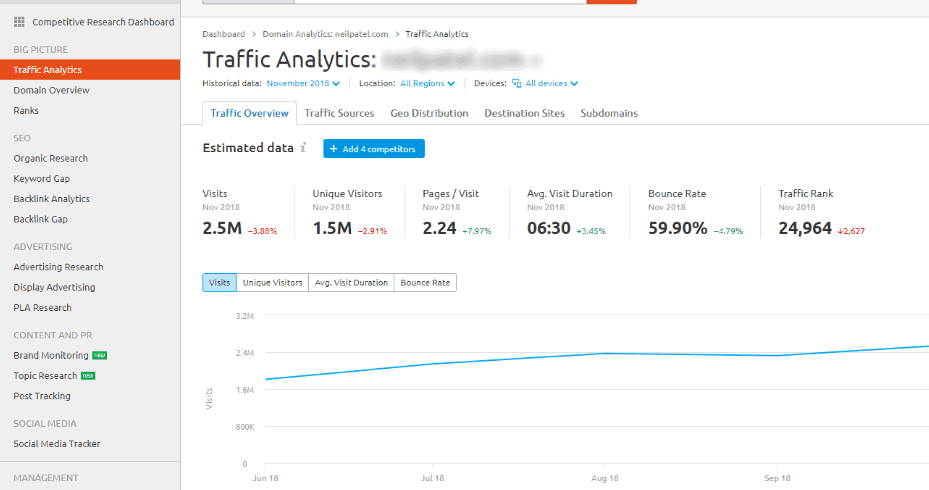
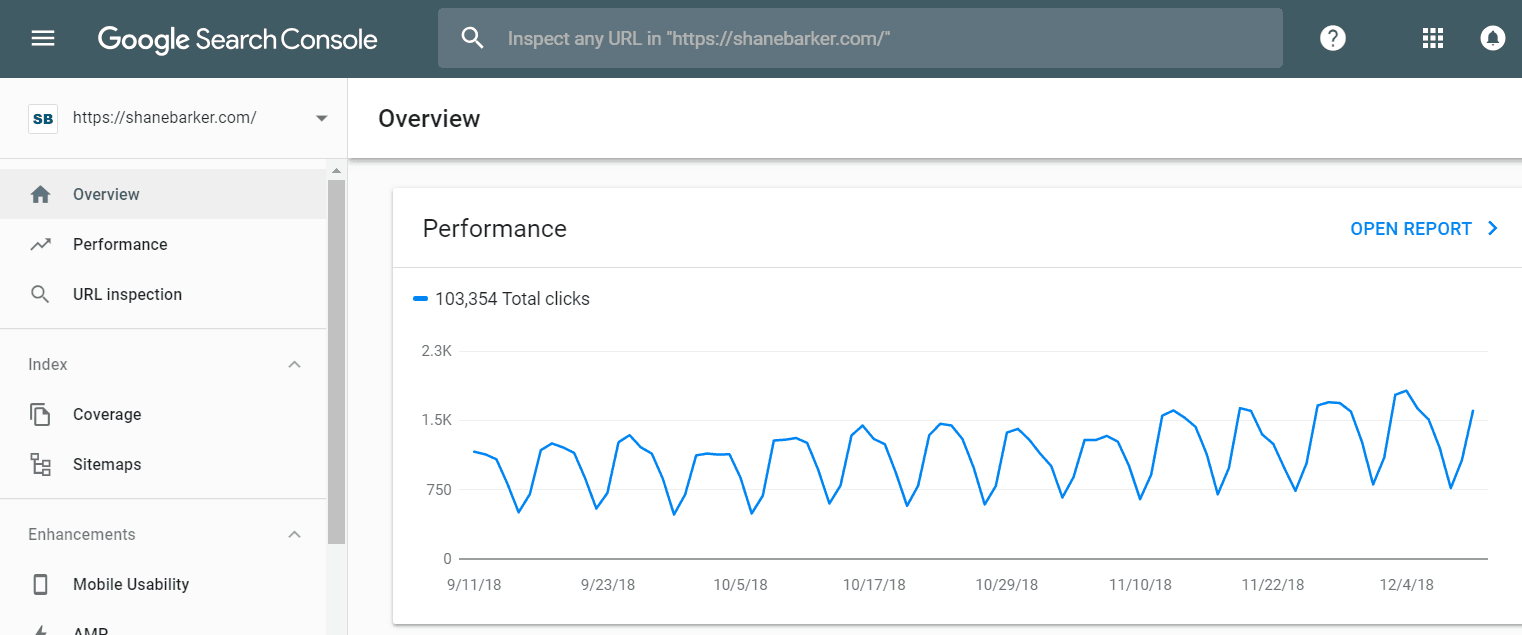
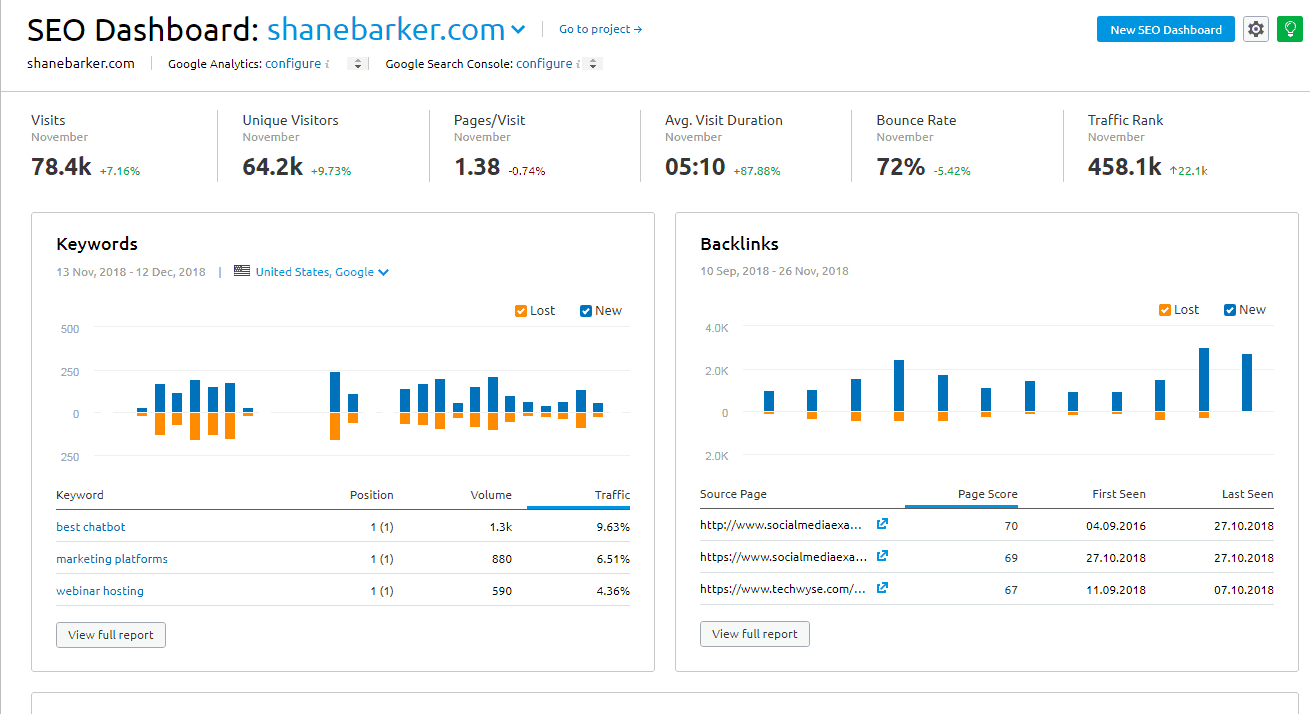
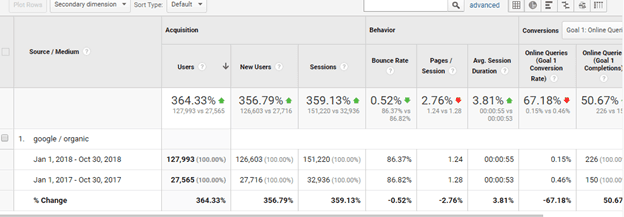


Leave a Comment